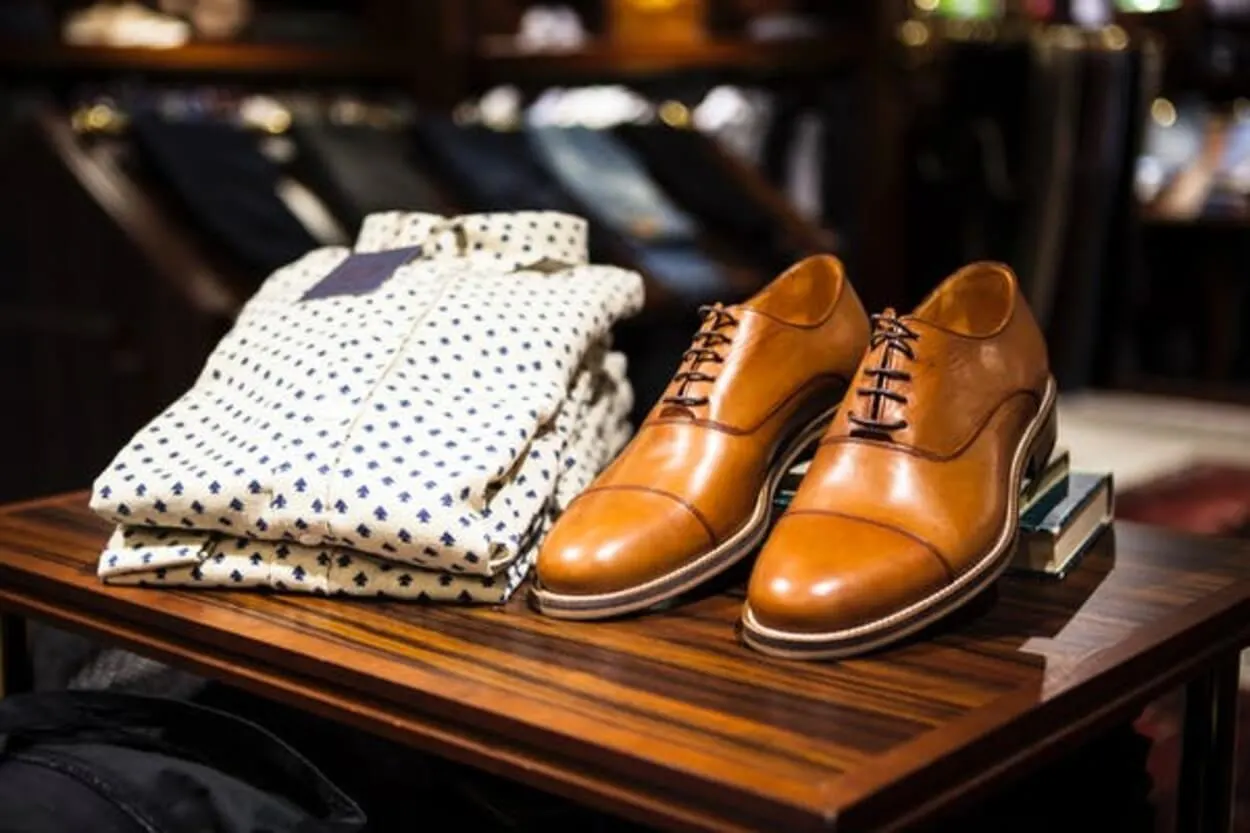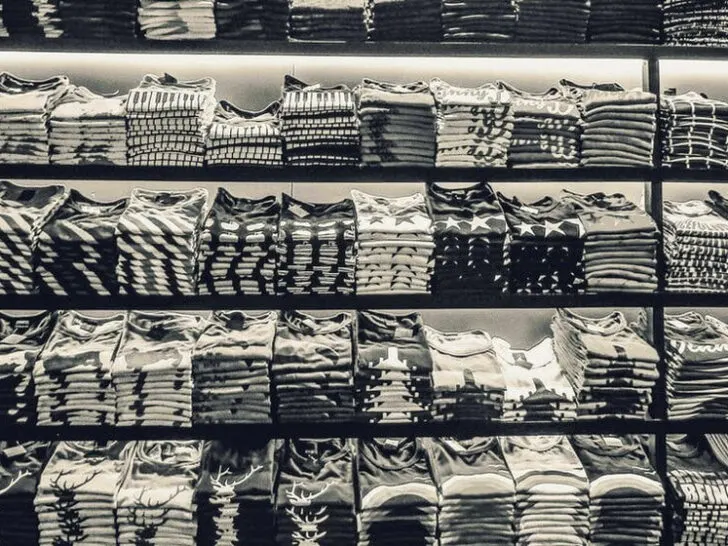Whether to impress someone, look nice for a party, or give off a certain perception, we always want to look our best.
But when choosing what to wear, most of us get confused between shirts and t-shirts so this article will discuss the key differences between the two.
If you’ve ever heard the saying, “Clothes make the man,” then you definitely must be aware of the importance of dressing for the right occasion.
Multiple studies have proven wearing the right clothes directly affects how people perceive you, as well as your level of competence.
While it is virtuous to treat everyone with respect regardless of their external appearance, you should note that people who wear luxury accessories are also treated with more respect and are given higher prestige.

Overview
Think about it this way. You’re at a fancy dinner at a friend’s house, where everyone is dressed impeccably. In the corner, you see a lone woman wearing casual loungewear. It doesn’t matter whether that woman is a hospital director, a tech startup founder, or the First Lady. You will perceive her as a person of low status.
That woman made a poor first impression, so you won’t want to pursue a relationship with her. First impressions are crucial for starting a long-lasting relationship.
First impressions are based on the primacy effect, which means that the first thing people experience when meeting someone is the thing they’ll remember the longest.
So, leaving a poor first impression on someone could leave them with a purely negative perception of you.
Significance of Clothing in Professional Settings
Of course, dressing for yourself is also important. It is found that wearing the right choice of clothes for a job helps to improve the competence and ability of the employees performing that job. If you want to aim for a high post, then wear clothes that show this desire.
For example, someone who wants to be promoted to a managerial role will increase their chances of promotion if they simply wear similar clothes to other managers.
Salespeople and street marketers know the importance of clothes. Wearing uniforms gives off an authoritative atmosphere, creating distance between the speaker and the audience.
In contrast, wearing street clothes reduces that distance by making the speaker look more friendly and approachable.
The following Ted Talk highlights the impact our choice of clothing can have on our lives and why we should care:
Types of Clothes
Each occasion will require its own dress code. Whether it be for lunch with your colleagues or a night out with friends, you’d still need to look the part.
For your convenience, we’ve listed the three types of clothes that will ensure that you don’t get stuck the next time you need to dress for an event:
- Loungewear: This is perfect for hanging out in the comfort of your living room. Loungewear usually consists of either baggy or loose clothing that prioritizes comfort over aesthetics, such as pajamas, hoodies, and cotton shorts. Loungewear brands offer affordable clothing, bringing their creative touch to your choice of style.
- Casual Wear: This type of clothes is best suited for close friends and family, as it would be seen as inappropriate with acquaintances and superiors. Casual wear includes jeans and loose T-shirts, with some modifications to add a special flair.
- Formal Wear: Ideal for corporate events and large parties, formal wear helps bring professionalism to the forefront of your appearance. Weddings, seminars, networking events, and office dinners are all times when you might need to have a dazzling suit ready. A professional top with a dazzling accessory is always a plus for any outfit.
What can make or break an outfit?
The answer: your choice of top.

The top is an article of clothing that covers at least the wearer’s torso, along with the upper body between the neck and waistline in certain cases. It can have either full sleeves or half-sleeves. Whereas hoodies have an option of additional coverage for the head.
A top can be tight or loose around the chest and have either sleeves, straps, or clips. It can be adjusted so that the back of the wearer is either exposed or covered.
The most popular types of tops are:
- Hoodies
- T-shirts
- Shirts
- Tank-tops
- Tube-tops
- Sweaters
While some types of tops are seasonal (for example, sweaters that can only be worn in winter), other types of tops can be worn year-round, regardless of the time or season.
T-Shirts vs. Shirts: Which One to Buy?
Even though T-shirts and shirts may appear to be similar, they aren’t. And here’s why:
T-shirts are named after their unique structure. A T-shirt is usually half- or short-sleeved and is made of either cotton or polyester. It is usually used for loungewear or casual wear and doesn’t have any pockets or designs.
In most stores, T-shirts come in one color, with some minimal imagery or quotes printed on them.
A T-shirt can be worn for almost any occasion that involves close friends or family but will make you look very unprofessional if you wear it to a formal event. They are easier to breathe in, especially in warmer seasons, as they can also be made from soft fabrics, such as linen.

On the other hand, shirts are more classy and stylish. They are almost always full-sleeved and are usually made to fit the wearer’s body shape. This is because shirts typically come with two parts being sewn together.
Unlike T-shirts, shirts are made of somewhat thicker fabric and don’t provide enough ventilation to your body. However, they can be worn for corporate and casual events, making up for the small lack of comfort.
In addition, shirts have pockets on the breast area, a diverse color palette, and a design.
Closing Statement
- Clothes shape how others perceive you.
- Dressing right shows your competence and goals.
- Your outfit signals authority or approachability.
- Loungewear, casual, and formal attire suit different events.
- Tops have various styles and uses for the upper body.
- T-shirts fit informal settings and are comfy and adaptable.
- Shirts are dressier and good for casual or work occasions.
- Pick based on the event’s formality and your style.

